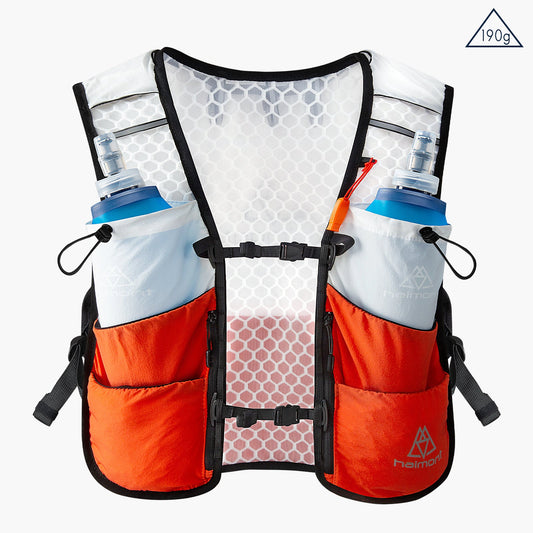Choosing The Right Trail Running Poles For You
Poles are a great addition to your trail running. They add stability — especially on uneven surfaces — and they reduce the impact on hips, knees and ankles, especially when traveling downhill. They’re also excellent for brushing aside overgrowth on trails, discerning the depth of snow or water. If you’d like to give trekking poles a try, there are several features to consider. Here are some tips to get you started.

What to know: There are three types of trekking poles to choose from: telescoping, folding or fixed. In telescoping poles, one section slides out from inside another and locks into place. Folding poles are similar to tent poles: Sections slide out of the shaft and fold for compaction. Fixed length poles offer no adjustability. Folding poles are the most compact, shortening up to 10 inches more than telescoping poles. They also offer the lightest weight due to thinner shafts, but this also results in less durability.
Materials and components: pole shafts are made from aluminum, carbon fiber or a combination of both. Aluminum is heavier but more durable, while carbon fiber is lighter but can shatter more easily. Some manufacturers offer shafts that are a combination of both materials: a lower aluminum shaft that can bear the brunt of smashing into rocks and upper portions of carbon fiber that shed ounces.
Locking mechanisms: Lever locks are now standard on most poles. This mechanism utilizes an easy-to-use external clamp that opens to adjust and closes to lock. Some models use a twistlock system in which each section of pole twists to lock in place.
Grips: Grip materials are either cork, foam or rubber. Cork will conform to the shape of your hand over time and wicks moisture; foam is soft and offers some shock absorption; rubber is the most budget-friendly option.
Price: Lightweight carbon fiber poles are more expensive than aluminum, and adding cork handles, ergonomic grips, padded wrist straps and interchangeable baskets and tips can also increase the price.
How to size: Ideally, your elbows should be bent at a 90-degree angle when pole tips are on the ground. Adjustable-length poles will accommodate most heights, but if you are over 6-feet tall, look for poles with a maximum length of at least 51 inches.
HOW TO USE THEM
Here are three main reasons why you should use poles, which inform how to best use them.
First: Power
Add the power of your arms to your forward motion for greater success.
To do this: Use the straps correctly! Put your whole hand up through the strap, then come down with your thumb on one side of the strap and your fingers on the other side. This allows you to apply force while your hand stays relaxed because it’s not clenching the grip. All skiers do this, but many runners and hikers have not learned this concept.
Swing your arms forward then back, while keeping them relatively close to your body. Sticking your arms out to the sides like a scarecrow is not a good look. If in doubt, just imitate any XC skier—remember, they’re trying to accomplish the same thing we are—because they’re experts with poles.
For steep up hills, you may “choke up” on the grip, which essentially shortens the pole length so your arms don’t have to raise as high. Grab the grip lower by taking your thumb or fingers out of the strap.
Second: Balance
Using poles for stability can be very helpful, even though their best use is to increase forward motion. When the footing is loose, such as on snow or steep and loose gravel, poles add terrific stability. One can descend slippery slopes at speed using poles to stay upright. In this case, the pole plants may not be rhythmical, instead do quick stabs when and where you need it. Tricky stream crossings suddenly become safe and fun when poles provide a ‘tripod’ of stability.
When carrying a pack, especially a heavy one, the usefulness of poles skyrockets; thru-hikers are never seen without them.
Third: Save your quads
Just as poles provide extra power on the uphill, they can off-load your quadriceps on a steep downhill, which every runner knows can be the difference between a finish and a DNF.
Reach forward and down, making pole plants as needed to absorb some impact.
If the terrain is ‘grabby,’ such as bushes or sticky mud, take your thumb out of the strap, otherwise, the pole may suddenly stick, which could wrench your hand.
Some people will extend the pole length on a downhill by cusping the top of the grip in their palm.

Lastly: Be careful
The tips might not grip on pure rock, so if you commit your weight on a steep descent and it slips off, the unexpected loss of balance could bring you down hard.
If you’re running in talus and the pole is planted between two immovable rocks while you continue forward, the leverage could break it.If someone is behind you, watch your tips, don’t flail, stabbing someone is bad.










